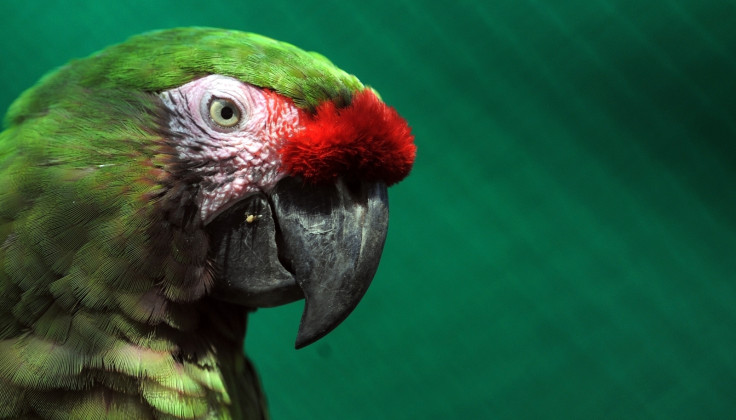2000-year-old parrot head discovered in Mexican burial cave could be world's oldest macau mummy
The bird head was found alongside the remains of an infant and the lower half of a man.

Researchers have identified what they believe is the head of one of the oldest macaw mummies ever discovered. According to National Institute of Anthropology and History in Mexico, the remains of the prehistoric bird were unearthed in the Avendaños Cave in the state of Chihuahua, back in 2016.
Archaeologist Emiliano Gallaga, the director of the School of Anthropology North of Mexico, explained that the parrot species was naturally mummified by the arid climate of the region. The green colour of its plume is still visible and its keratin beak is intact.
Identified as a military macaw, scientists were able to determine that it dates back around 2,000 years to 900 AD -- 800 years older than any other specimen found in the region.
"The first [thing] we noticed was the head of the macaw in perfect condition," Gallaga told The National Geographic, pointing out that the bird may have had significance in its day. Military macaws were not native to the region and would have been brought to Paquimé, a city in Chihuahua where they were of religious importance.
"It's still 400 kilometers [250 miles] that someone has to take it and bring it to this site," Gallaga noted. "Not everybody can afford to bring a macaw from far away."
Considering the effort it would have taken to bring the bird to the region, these macaws were most probably owned by higher-ranking members of society like merchants, shamans and the elite.
"One of the reasons Gallaga's find is really, really exciting is because of the early date," Abigail Holeman, a University of Virginia administrator who has been studying the religious significance of macaws in Paquimé, Chihuahua, said. "It does speak to the antiquity of their ritual importance."
Along with the parrot head, archaeologists also unearthed the skeleton of an infant and the lower half of a man. While researchers could not determine the gender of the child, they believe it may have been between one and three years old at the time of its death.
Baskets, seashells, a dress made of deer hide were among the other artifacts found at the site.






















